Multan Blue Pottery is loved for its skill and unique handicarft. As the name suggests the paint in this style is usually many hues of blue. Blue used to be the rarest colour pigment in ancient times and thus blue color in painting were sourced by famous painers around the world. This colour was thus used to paint spiritual beings. The paint pigment become very popular and sort after.
Many mosque title were painted bule. In Multan many historical building have blue title work. The skill has been handed down and improved with each generation. And blue pottery has become Multan’s identity.
Kashikari or Multan Blue Pottery
Multan is one of the oldest cities of Pakistan. It has a rich history and heritage. And is well known for its blue pottery known as Kashikari. Pottery is one of the oldest skill humans have learnt. In Multan skilled artisans used to get the clay from the Indus river bed which had the perfect clay for pottery and drew on it sophisticated patterns and then painted it blue and white. The patterns and designs were insipired by nature or were geometric shapes- which the Muslim world was well known for.
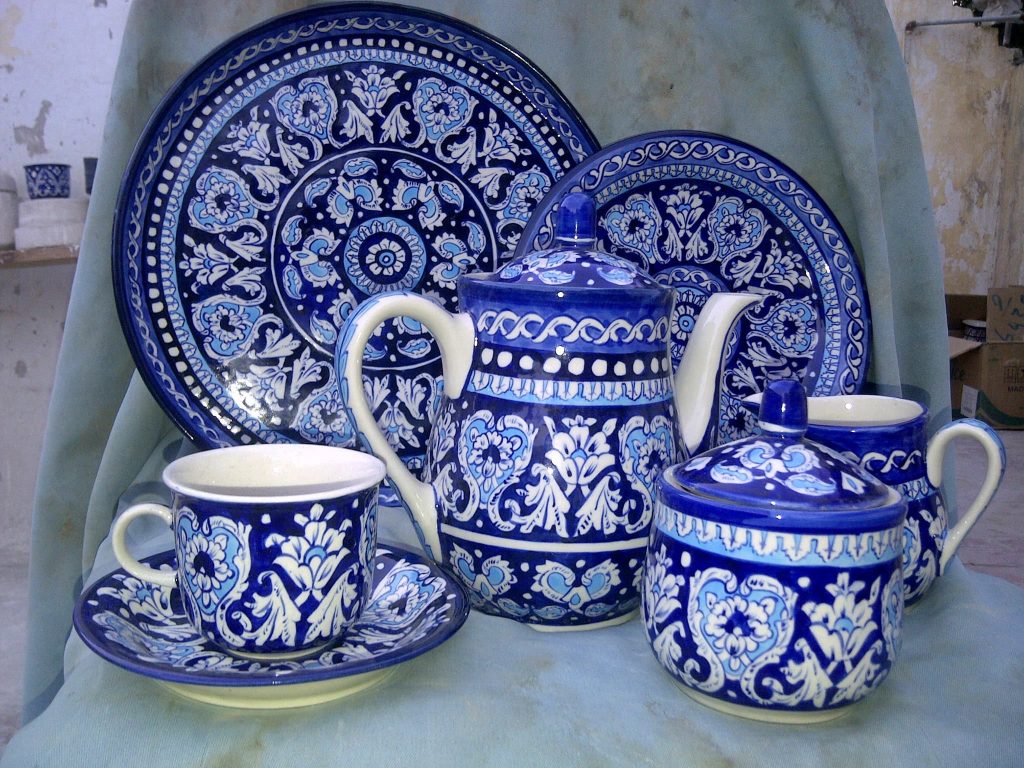
Ancient Work in Multan’s Historic Buildings
The painting of blue and turquoise blue colored patterns and tile work still looks marvelous in the historic buildings of Multan. Research showed that these tile work were from 900AD coinciding with the time when Muslims came to Multan. Many believe that art has roots in the Kashan city of Persia and Kashgar city of China. Thus the art has become known as ‘Kashikari’ or ‘Kashigari’. The Persian influence in the artwork is evident by the drawing of plants, flowers, and geometric pattern
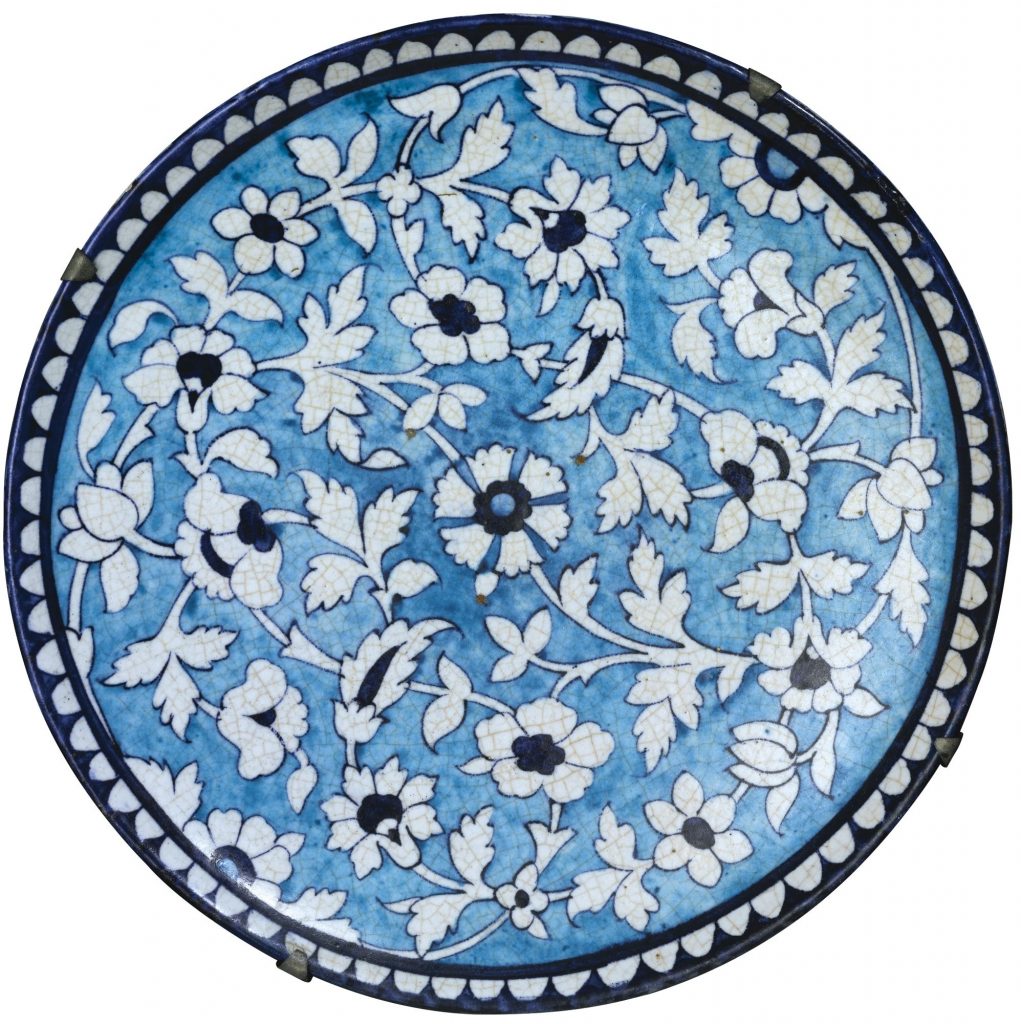
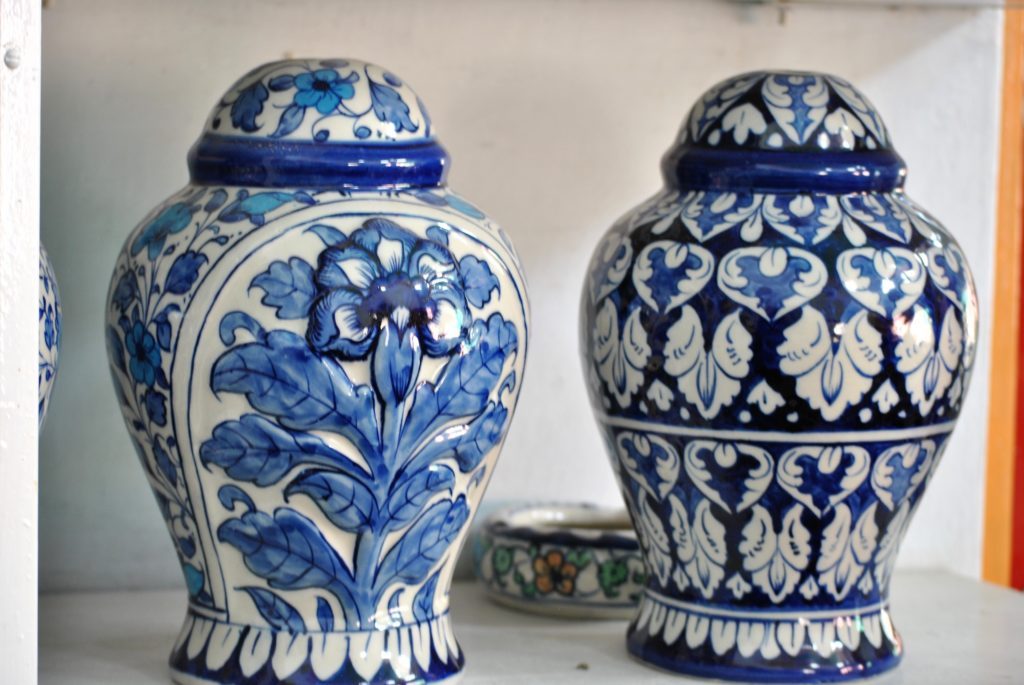

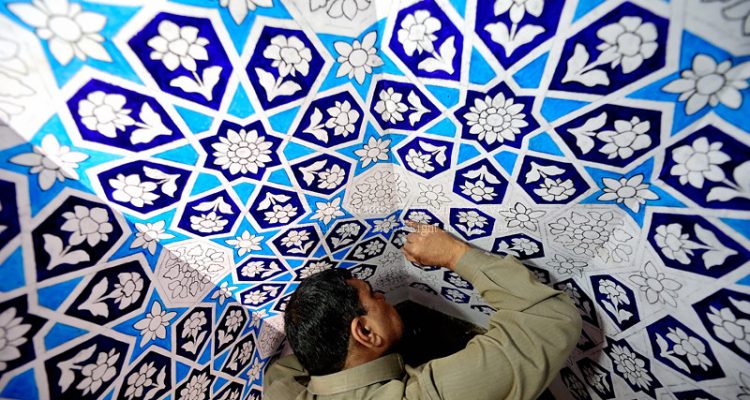
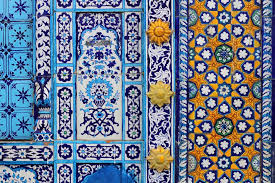
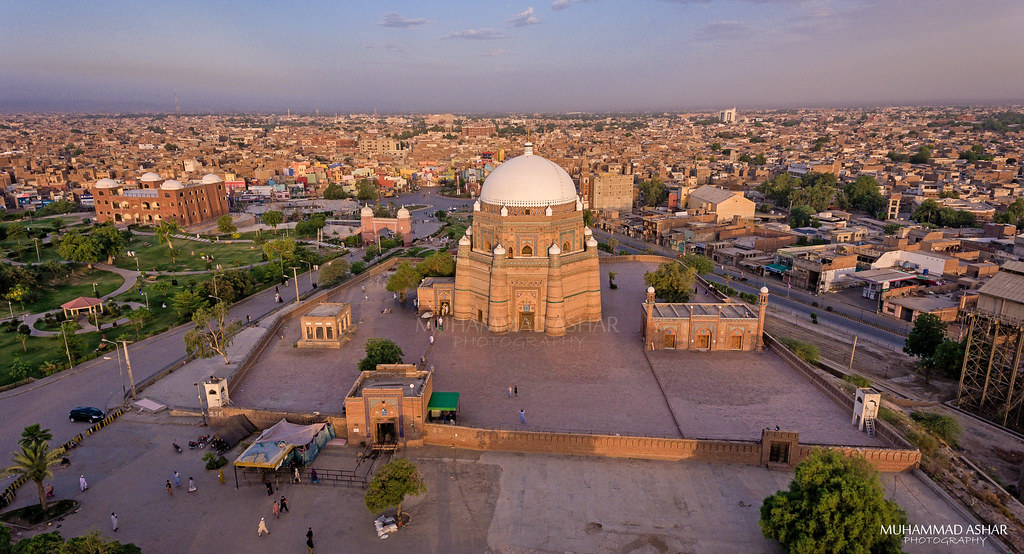
Leave a Reply